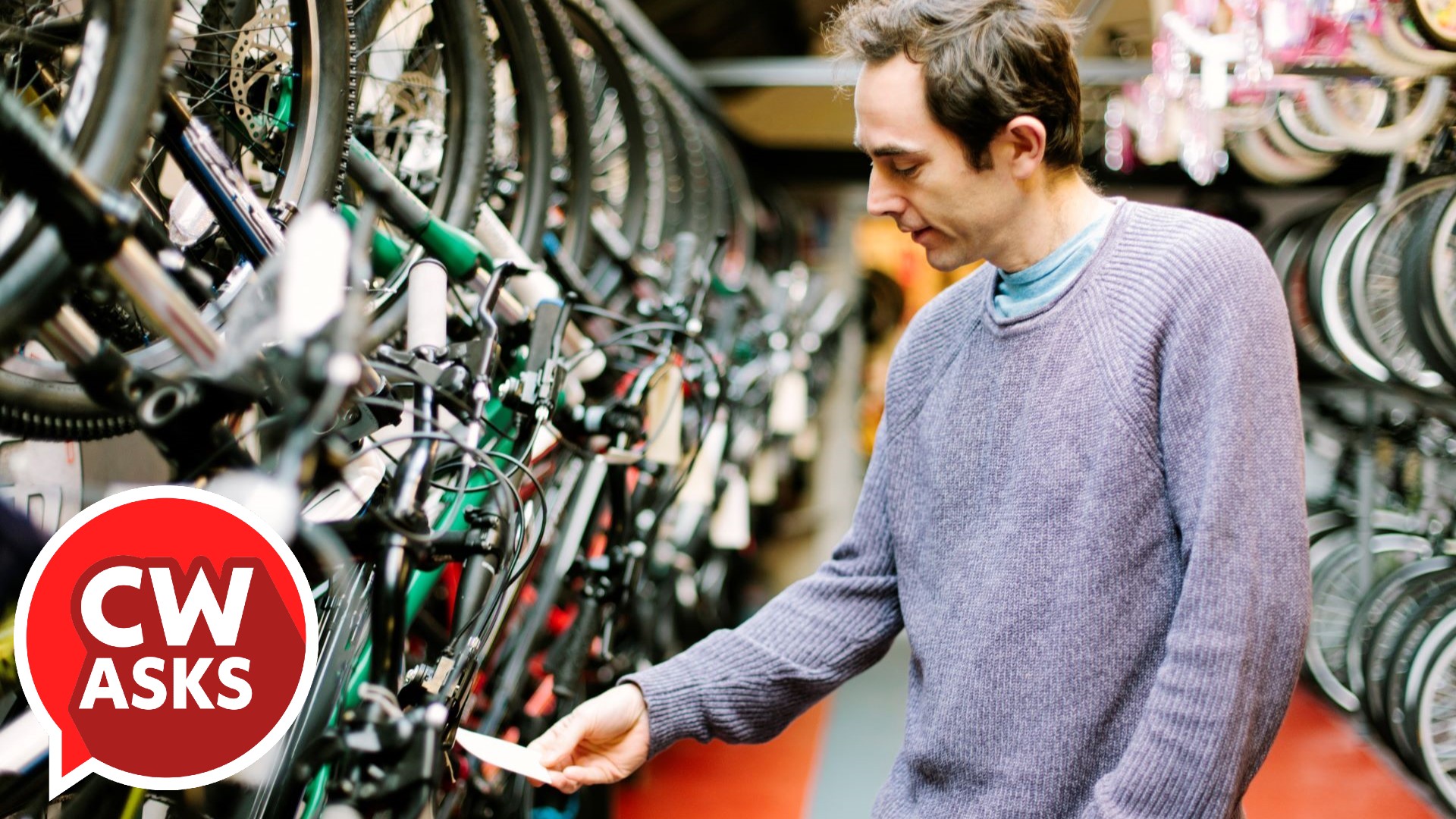
"CW asks" is a feature series where our seasoned staff answers a range of questions. The series isn't just about delivering knowledge; it's a chance for us to share a bit of our personality and our passion with you. As we dive into some questions, please feel free to send in some questions of your own to anne.rook@futurenet.com.
Previous Questions:
- What three things do you wish you'd known when you first started cycling?
- Does e-bike racing have a place at the most competitive end of our sport?
- If you were given $3,000 right now, which bike would you buy?
- Personality test: If you could keep just one of your bikes, which bike would it be?
- Ride of a lifetime: If you had just one ride left in you where would it be and with whom?
- Who is the greatest cyclist of all time?
- Ride indoors or brave the elements outdoors: how will you tackle the winter season?
- The great sock debate: do socks go over or under leg warmers?
- Tubeless vs. tubed tires on the road?
- SRAM, Shimano or Campagnolo? Here's what our staff prefers and why
- What's the 'right' tire width for road and gravel riding?
- What cycling-related items are on our experts' Christmas wish lists?
- Carbon rim brakes, bar ends and straightforward headsets: cycling tech of old we miss
- What are the silliest UCI rules that should be done away with?
- Five bike parts to invest in, and five things to cheap out on
Question 16: What's the sweet spot to spend on a bike? Spend too little and you'll likely end up upgrading parts. At what price point do you get a capable, fun bike which most folks can be happy with?
Stefan Abram, Tech Features Editor
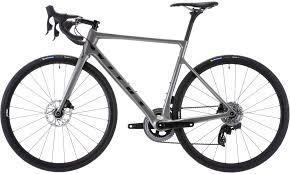
I think it really depends on the application and the riding you’re intending on doing. If you’re looking to ride mainly gravel or endurance road non-competitively, you really don’t need to spend much for a good level of performance.
For instance, the jumps between the gears of a 2x9 drivetrain are essentially identical to that of a 1x11 drivetrain. Sure you don’t get the ‘shifting simplicity’ by clinging on to the front mech, but in terms of your riding cadence and the hills you can climb, you’re not missing out. Plus mechanical disc brakes can be greatly improved by new pads and cable housing - which are consumables and will need replacing at some point anyway. The capable Cannondale Topstone 4, Salsa Journeyer or Marin Gestalt all run sub $1500.
For road performance, though, my advice would be to go for a bike equipped with Shimano Ultegra Di2 as a groupset so you won’t be feeling the need to upgrade for a long time coming - plus electronic/hydraulic groupsets simply make sense with internal cable routing. My recommendation would be something along the line of a Vitus Vitesse EVO, which comes in at around three to four grand. It is a big outlay, but one that you will be satisfied with.
Hannah Bussey, Technical Writer
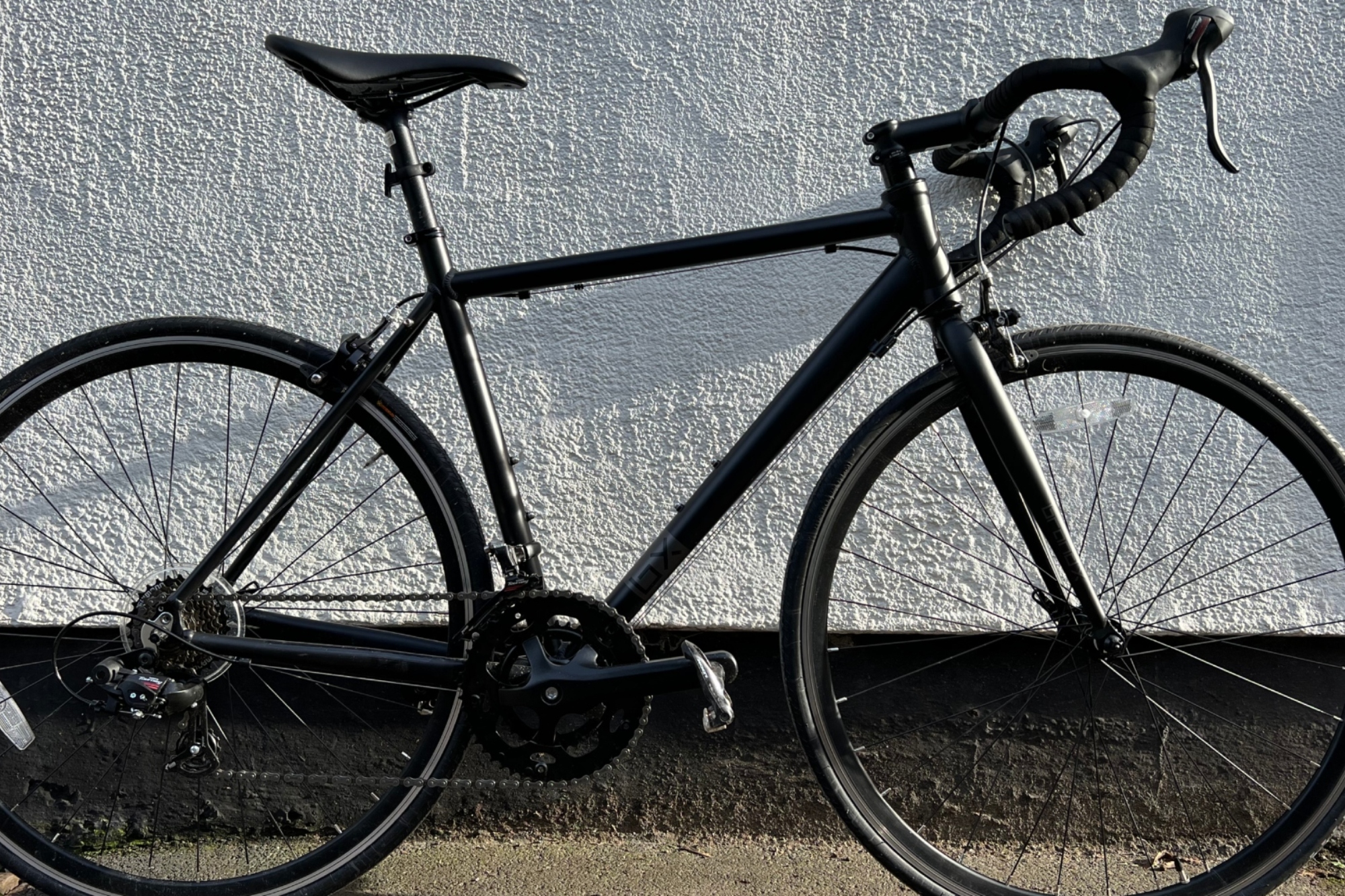
Had you asked me this question a year ago, I would have said at least a grand, £800 if you were lucky with a decent sale, steering clear of carbon at the price bracket, but you might be able to get just enough gears and if you were really lucky, a bike with hydraulic disc brakes.
Then I was fortunate enough to have the £300 Brand X Road Bike cross my review path. I’ve raved about it so much that I made it one of my products for Gear of the Year, waxing lyrical about how enjoyable it was to ride, a billion times better than the noodle-y and heavy bike that I was expecting. I’m totally aware that is still a bit of money for the majority of the population, but this price point is a game changer in terms of accessibility.
It’s not exactly answered the question, I’m just keen to prove that brands can make a great bike on a budget if they really want to.
Anna Abram, Fitness Features Editor
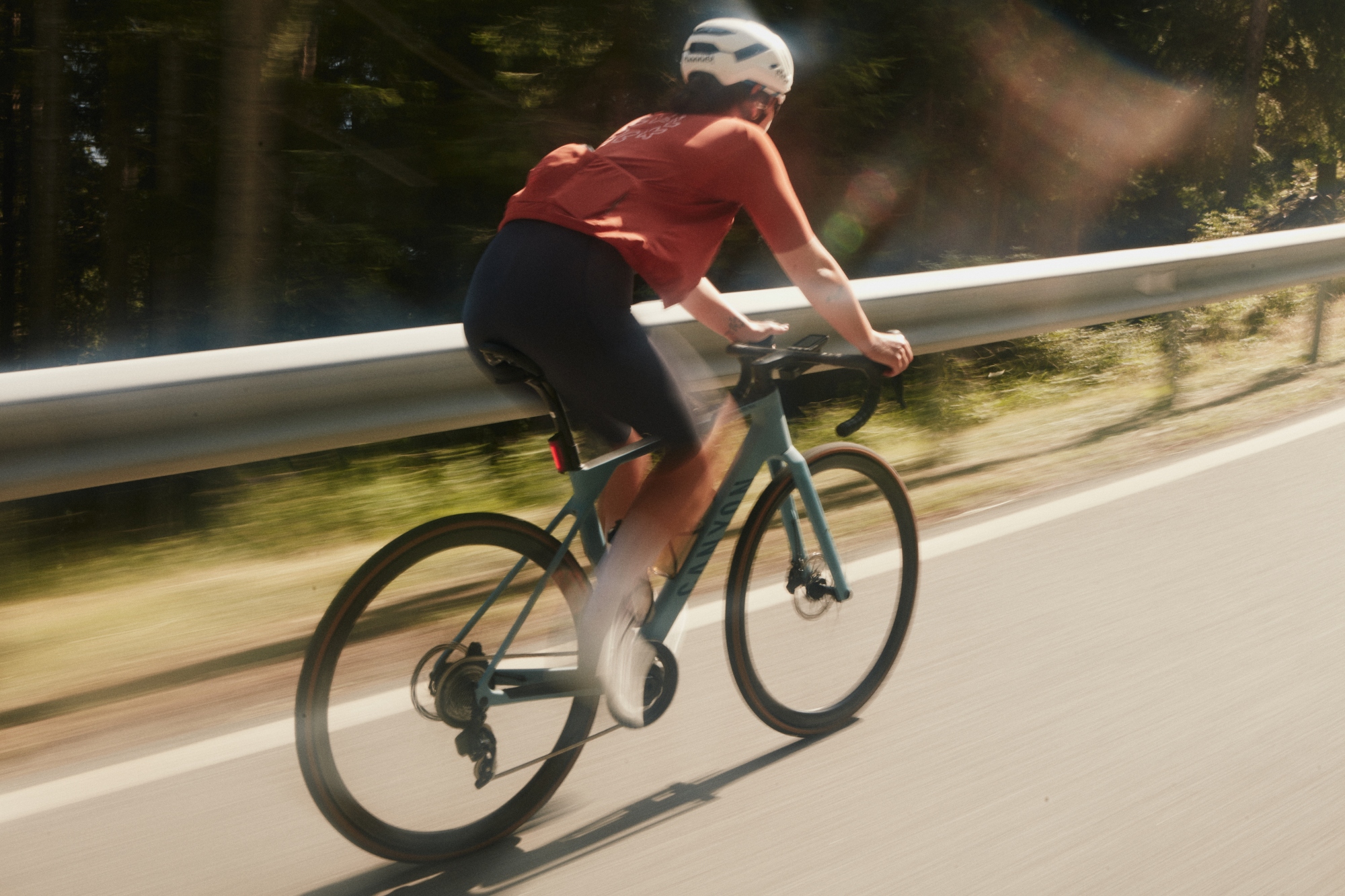
For me, I’d say around $1,800 / £1,500. For around that price you can get an aluminum frame with an 11-speed 105 hydraulic groupset - like the Canyon Endurace, for instance.
Sure, it’s easy to start wanting to optimize every element, perhaps considering a carbon frame, electronic shifting, and maybe going up to 12 sprockets on the cassette.
But those differences fundamentally aren’t that great for the difference in price. I think that for most people, this is the sweet spot for getting the most bang for your buck.
Plus, if you’re particularly performance oriented, then you’ll likely already know exactly what balance works for you and your budget!
Tom Davidson - News and Features Writer
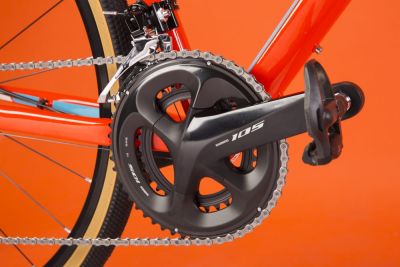
For me, the sweet spot is somewhere just north of £2,000 ($2,500). I have an aluminium frame bike, which serves me well and is as light as I need, considering I don’t race. I also run Shimano’s 105 mechanical groupset, which is nowadays viewed as mid-range, but again suits me perfectly.
The only key modifications I make are to my tires and cassette. I run high-end Bontrager tires as a cheap alternative to upgrading to faster wheels, and until now at least, I’ve fooled myself well.
As for my cassette, I like to ride on steep gradients, so I swapped out my 11-30 for an 11-34, giving me four extra teeth in my biggest cog. You don’t need to break the bank to make a bike you love.
Got questions —silly or serious— you'd like for us to tackle? Please send your questions to anne.rook@futurenet.com.







